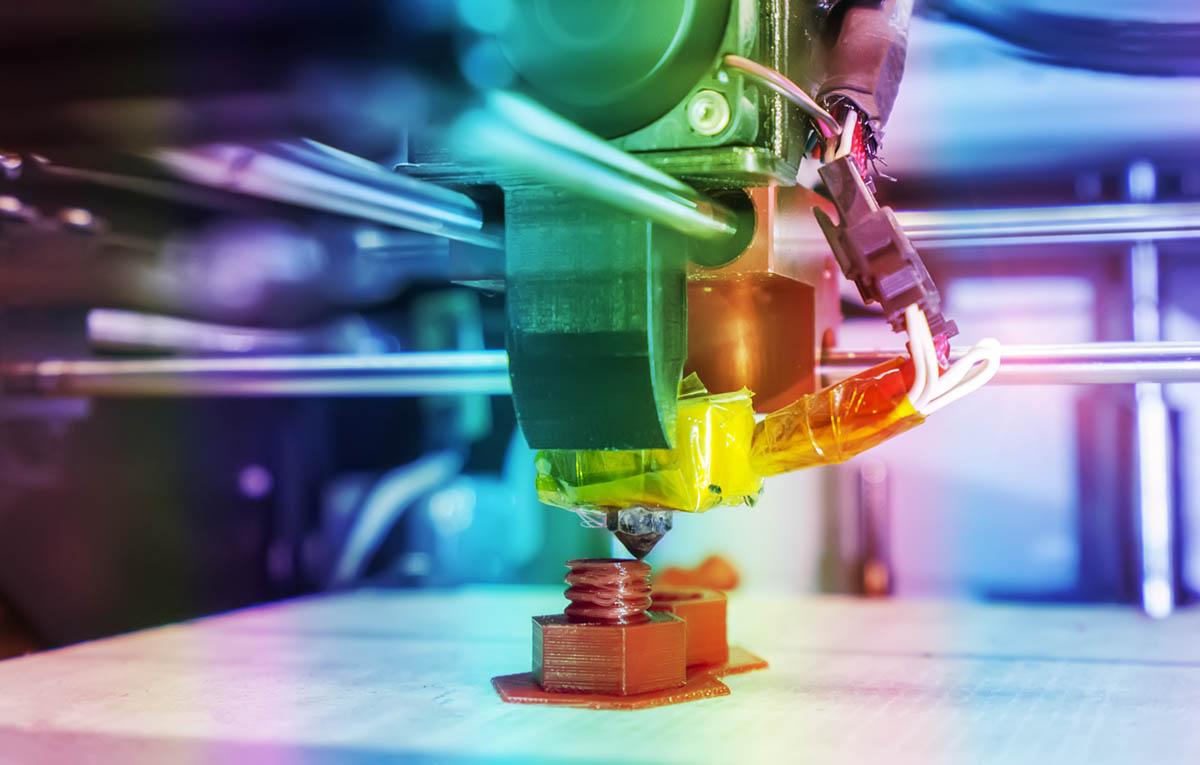
Date:
The growing pandemic caused by COVID-19 has created an unprecedented, rapid convergence between open source technology and healthcare. Makers and technologists around the world are stepping up and galvanizing forces to develop and deploy materials and equipment to meet the demands being placed on world governments to protect the general public, as well as addressing the needs of health professionals working around the clock to put a stop to the disease. But how is something like this even possible given the magnitude of the situation at hand?
In many cases, makers and technologists are using what is called additive manufacturing, or 3D printing, to develop timely solutions. Additive manufacturing is a computer-controlled process that “prints” three-dimensional structures layer by layer. Since the computer drives the process, software developers write computer code that enables a given 3D structure to be printed based on certain specifications. This code is often written to be made publicly available, hence the term open source.
Open source additive manufacturing has revolutionized manufacturing in both small and large scale contexts because of the flexibility it provides. Perhaps this is why it is finding its way in supporting the creation of tools that could help people navigate everyday challenges like avoiding touching public door handles to meeting more sophisticated and complicated needs of healthcare professionals and patients, such as personal protective gear like facemasks or ventilators for those suffering from respiratory failure.
There are some pretty great examples right here in Philadelphia, including at The Franklin Institute, of where the maker community is taking charge to design, develop, and deploy personal protective gear. Our team is currently in the early stages of 3D printing face shield visor bands to be deployed locally. Some local residents are leveraging unused 3D printers once fully operational on now shuttered university campuses to assemble their creations. And then if we look across the country, and even internationally, there are countless artifacts of not only 3D printed personal protective gear, but also large scale structures that have been constructed using additive manufacturing to house patients as seen in some of the hard hit regions of China.
So as you can see, the power of open source additive manufacturing is endless when we think about it. The current health crisis provides a clear example of how impactful it can be in offering rapidly and massively produced solutions to combat many of the challenges being faced around the world. As the saying goes, “necessity is the mother of invention,” and open source additive manufacturing is part of the modern inventor’s toolkit.


